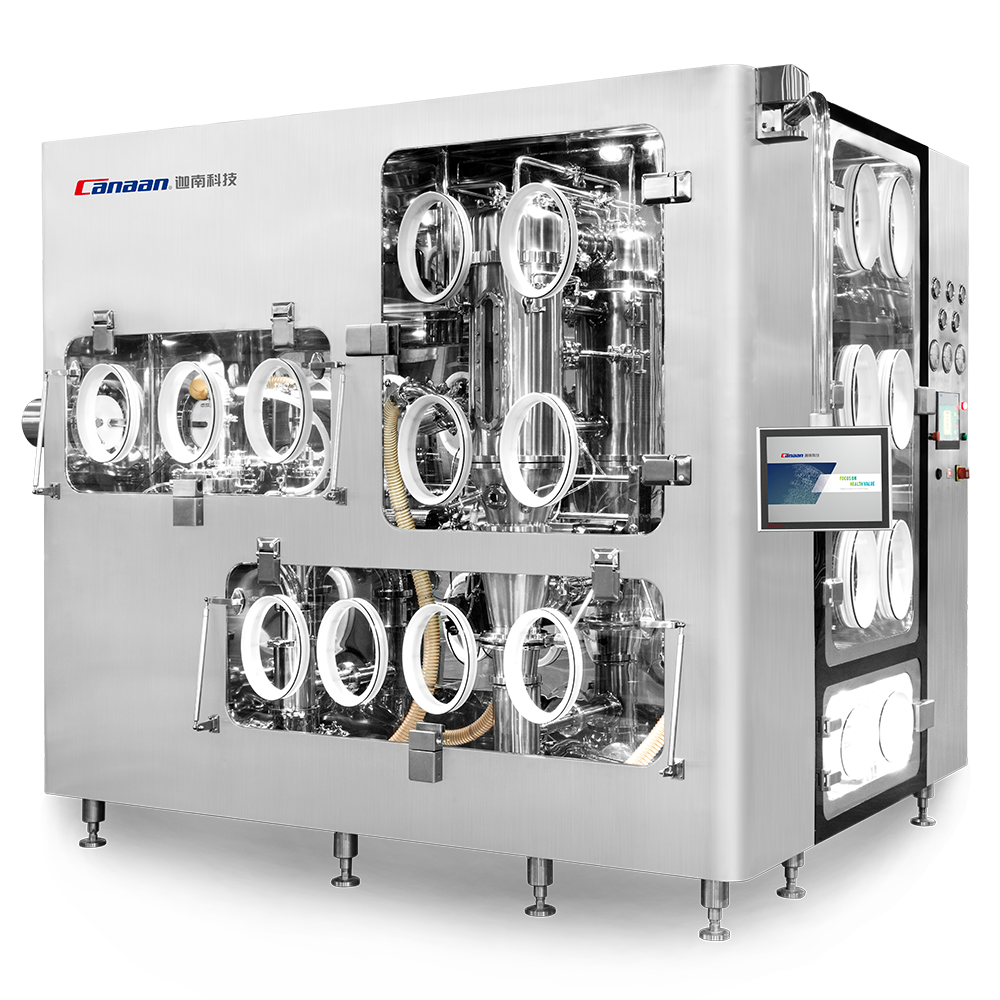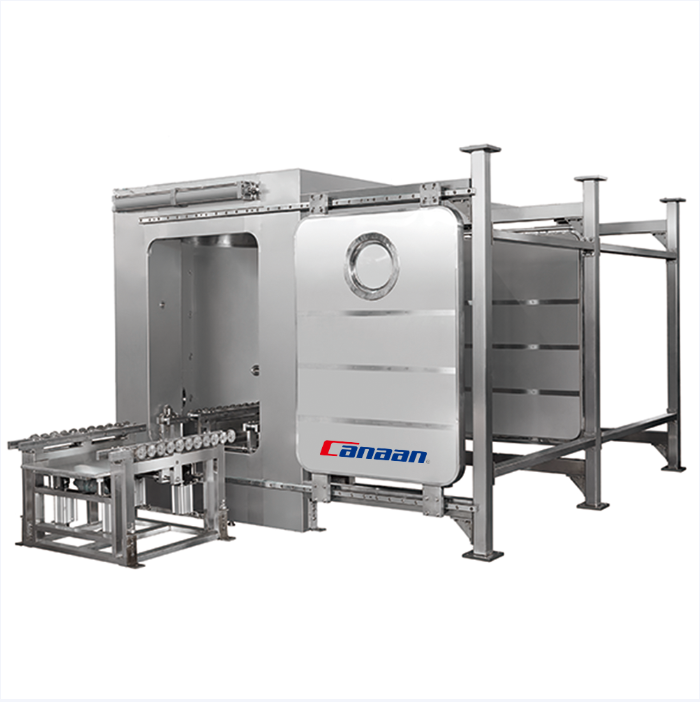Producing perfect tablets is not easy. Whether you’re in pharmaceuticals, nutraceuticals, or other industries, tablet press machine defects can disrupt operations, waste materials, and compromise product quality.
But here’s the good news: understanding these issues and their solutions can save you time, money, and headaches. Let’s explore the most common tablet press machine defects and how to address them effectively:
Capping happens when the top or bottom of a tablet separates during or after compression. Capping defect often arises due to improper bonding during the compression process.
Alt-text: A capsule with the top and bottom separated and the content spilled
Solution:
Lamination occurs when a tablet splits into multiple horizontal layers, often due to insufficient bonding during compression.
Solution:
Sticking happens when the powder adheres to the punches or dies, often due to excessive moisture or inadequate lubrication.
Solution:
Picking refers to material sticking to the engraving or logo on punches, leading to defective tablets with incomplete markings.
Solution:
Binding occurs when granules stick to the die wall, causing operational delays and damaged tablets.
Solution:
Tablet press machine defects can also lead to mottling, similar to mottling in paint. Mottling is the uneven coloring on tablet surfaces, which can affect the aesthetic appeal of the product.
Solution:
Flashing refers to thin, unwanted edges forming around tablets, often caused by poor alignment of punches and dies.
Solution:
Chipping involves the breaking or flaking of tablet edges, which can compromise the tablet’s integrity and lead to tablet breaking.
Solution:
Cracking happens when visible lines or fractures appear on tablets, often due to high compression force or inadequate formulation.
Solution:
Double impression occurs when the tablet shows overlapping logos or engravings, leading to inconsistent branding.
Solution:
Have you noticed black spots on your tablets? Black spots on tablets are often due to contamination during the manufacturing process.
Solution:
Another issue caused by tablet press machine defects is inconsistent thickness. Thickness variations can compromise tablet uniformity and dosing accuracy.
Solution:
Twining occurs when two or more tablets stick together during production, often due to high moisture levels or insufficient lubrication.
Solution:
Hardness inconsistencies affect tablet durability, packaging, and dissolution rates.
Solution:
Weight variation can lead to dosing inaccuracies, regulatory non-compliance, and customer dissatisfaction.
Solution:
Dusting results in excessive powder residue on tablet surfaces, affecting their appearance and handling.
Solution:
Brittle tablets are prone to breaking during handling, packaging, or transport.
Solution:
Uneven coating affects tablet aesthetics, taste masking, and functionality.
Solution:
Underfill occurs when tablets contain less material than required, leading to non-compliance and inefficiencies.
Solution:
Improper lubrication can cause sticking, binding, or other defects during production.
Solution:
Tablet production is a delicate balance of precision and quality control. Understanding and addressing these tablet press machine defects ensures smoother operations and higher-quality products.
By taking proactive measures, you can significantly reduce downtime, avoid defective tablets, and produce consistent, high-quality tablets.
Ready to upgrade your equipment and minimize defects? Explore high-quality tablet press solutions at Canaan’s product page or contact us for cutting-edge technologies designed to optimize your operations.




Introduction: Aseptic Isolators in High-Containment Scenarios The demand for aseptic isolators is increasing due to the growing need for oncology therapies and strict regulatory standards like ISO 14644 and EU GMP. The pharmaceutical industry is heavily investing in research and development to create new treatments. Market dynamics, including demand trends, regulatory challenges, and technological advancements, […]

Maintaining impeccable cleanliness is the foundation of pharmaceutical manufacturing, and bin washing stations play a pivotal role in achieving this. These systems are designed to efficiently clean and sanitize bins, containers, and other equipment used in handling sensitive materials. But how do they work? Let’s break down the process step by step to give you […]

Key Takeaways What Is a Containment Isolator? Unveiling the Safety Shield in Pharmaceutical Operations Containment isolators, like the soloADC™ Disposable Containment System, are designed to ensure safety when handling hazardous substances. They are enclosed workspaces that create a physical barrier between the operator and the hazardous materials. This barrier is crucial for protecting operators, preventing […]